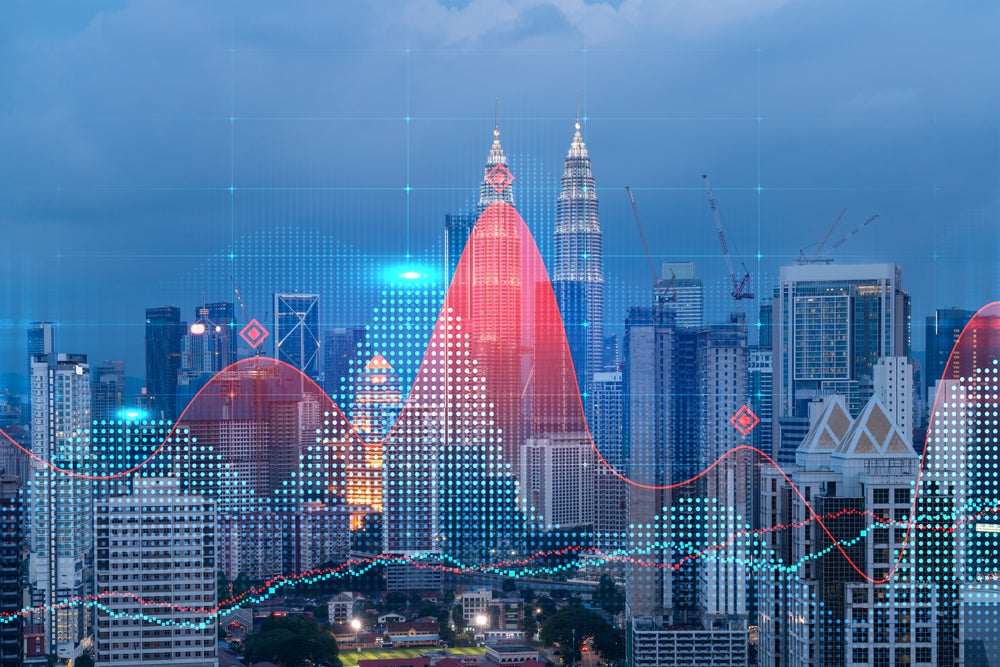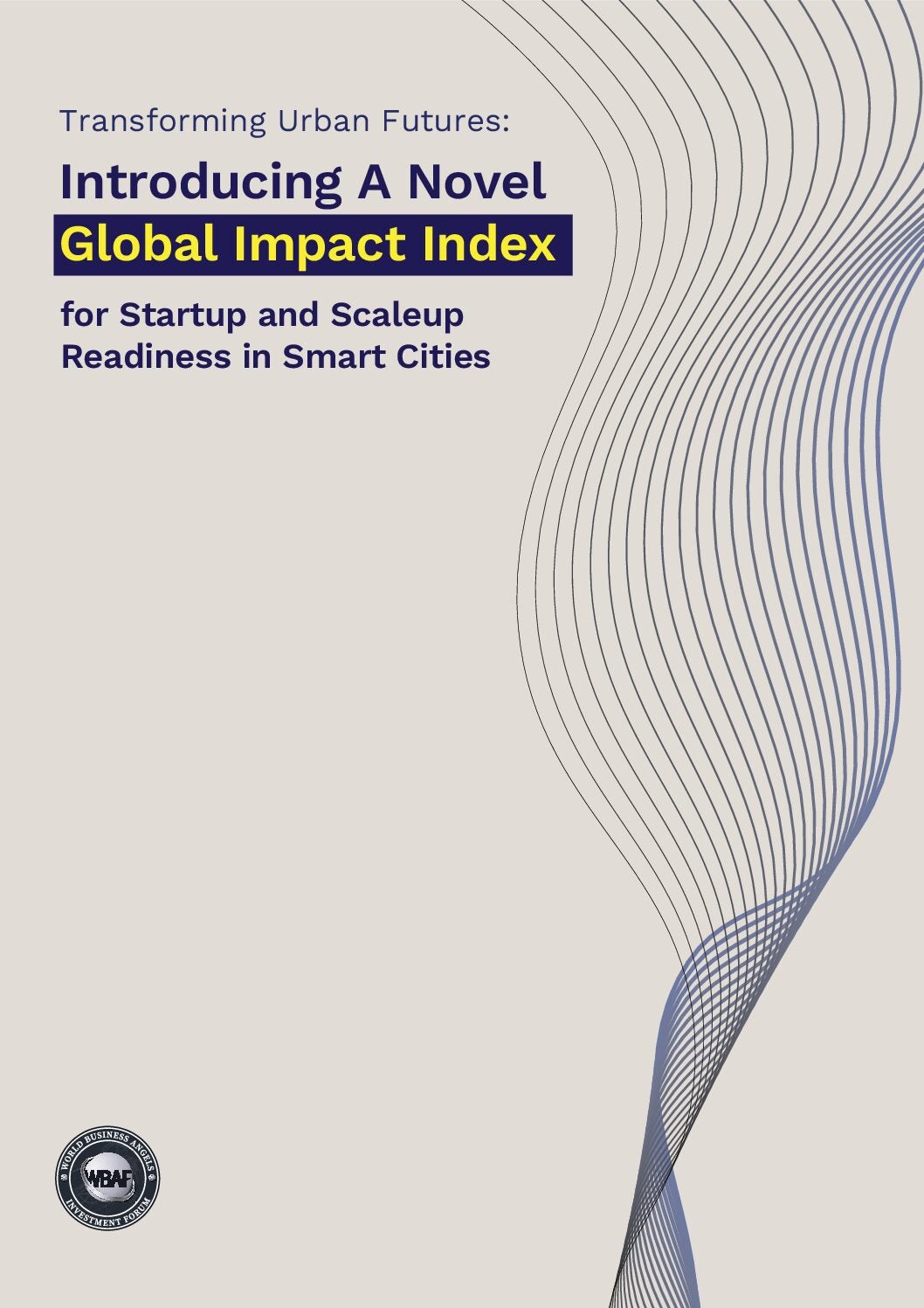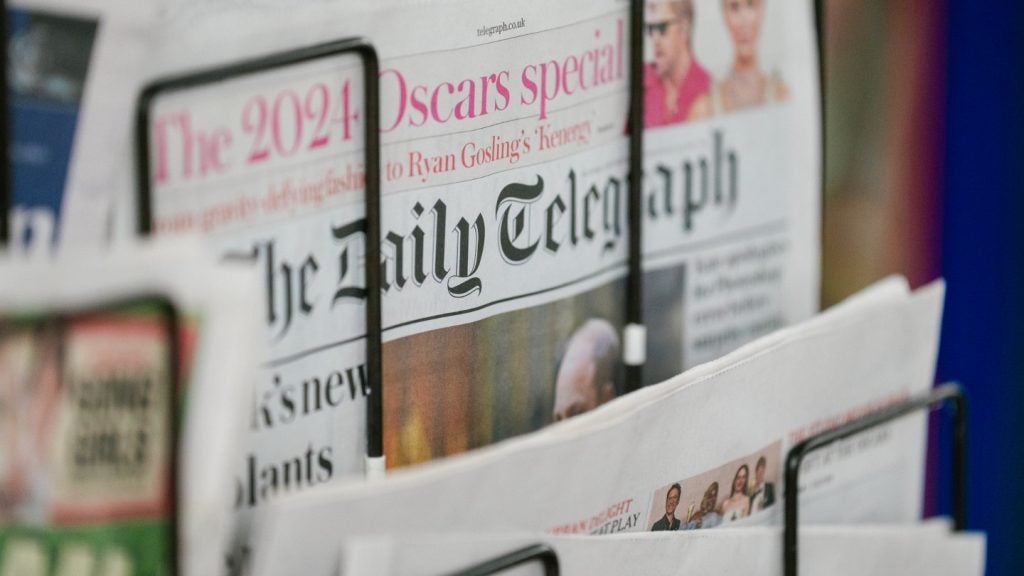
The global digital twin market is booming. According to a recent study by the World Economic Forum (WEF), it is expected to reach $48.2bn by 2026 and grow at a 58% compound annual growth rate.
The application of digital twin technology is poised to play a pivotal role in future urban planning, construction and operations as it is expected to save the sector some $280bn by 2030.
The anatomy of a digital twin city
So what exactly is a digital twin city? To fully understand its anatomy and functionalities, it is worth taking a step back and looking into what digital twins are to begin with.
A digital twin is a virtual representation of a physical system or object that serves as its digital counterpart for a range of practical purposes including simulation, integration, testing, monitoring and maintenance.
As such, digital twins need to feature some essential characteristics including connectivity, homogenisation and modularity. They also need to be reprogrammable and smart as well as leave digital traces for engineers to diagnose the source of malfunctions when they occur.
How well do you really know your competitors?
Access the most comprehensive Company Profiles on the market, powered by GlobalData. Save hours of research. Gain competitive edge.

Thank you!
Your download email will arrive shortly
Not ready to buy yet? Download a free sample
We are confident about the unique quality of our Company Profiles. However, we want you to make the most beneficial decision for your business, so we offer a free sample that you can download by submitting the below form
By GlobalDataDigital twins can be used across a wide range of industries including manufacturing, healthcare and automotive, and they can be applied to the urban planning and construction industry.
A digital twin city is therefore essentially a virtual replica of a real city that can be used to improve its efficiency in several ways.
In recent years, smart cities have been a pioneering example of how digital twins can be used to improve mobility, reduce pollution and give citizens more access to government services.
Digital twin cities aim to take the use of technology a step further by taking a holistic approach to a city’s virtual representation.
Visualisation technologies such as augmented reality (AR) systems are being used as collaborative tools for design and planning in the built environment, integrating data feeds from embedded sensors in cities and application programming interface services to form digital twins. For example, AR can be used to create augmented reality maps, buildings and data feeds projected onto tabletops for collaborative viewing by built environment professionals.
Digital twin cities models often come in the form of interactive platforms that capture and display real-time 3D and 4D spatial data. In urban planning such platforms give city authorities, developers and investors a chance to simulate, for instance, the impact that building a bridge in a certain area would have.
Digital twins and the fight against climate change
One of the greatest potentials for the use of digital twin cities, however, is in relation to tackling climate change challenges.
“Countries are struggling with how to adapt to climate change and how to reach net zero. Digital twin cities have a huge role to play in this space,” says Sarah Hayes, strategic engagement lead on the Climate Resilience Demonstrator (CReDo) for Connected Places Catapult.
CReDo is a climate change adaptation digital twin project that provides a practical example of how connected data can improve climate adaptation and resilience across systems.
“CReDo looks specifically at the impact of flooding on energy, water and telecoms networks," adds Hayes. "It gives owners of assets in those sectors an idea of what future storms and floods will look like, and, for instance, what power cuts will result from it.”
Ultimately, Hayes argues, CReDo demonstrates how secure and resilient information-sharing across sector boundaries can mitigate the effect of flooding on network performance and service delivery.
The UK's National Digital Twin Programme
CReDo is a demonstrator project which was originally launched by the Centre for Digital Built Britain, which was a partnership between the Department for Business, Energy & Industrial Strategy (BEIS) and the University of Cambridge, established by the UK government in the 2017 Autumn Budget as the home of the UK Building Information Modelling and Digital Built Britain Programmes.
Among other government programmes, it also housed the National Digital Twin Programme, which was launched by the UK Treasury in July 2018 to deliver key recommendations of the National Infrastructure Commission (2017) Data for the Public Good report.
"Data for the Public Good aimed to identify which new technologies could improve the productivity of infrastructure in the UK. The answer to that question was digital twins,” says Hayes, who led the study at the National Infrastructure Commission at the time.
“We then came up with the idea of a national digital twin to be developed over time and of a framework for sharing data that would be applicable across all infrastructure sectors,” she adds.
Hayes explains the idea of a national digital twin not as one big model of everything but as an ecosystem of connected and connectable digital twins across the country.
“At the moment, people share from a point-to-point connection but that does not scale," she says. "Having a distributed data-sharing architecture avoids the ownership and maintenance issues that arise, for instance, from using a central database.”
CDBB completed its mission in September 2022, and BEIS is taking the National Digital Twin Programme forward.
WEF initiative
In 2021, the WEF launched the Global Digital Twin Cities Initiative to support policymakers globally to improve city governance and create “a conducive urban ecosystem for industries and people”.
The initiative was divided into three phases. At first, it identified use cases globally that would help create a unified framework and global practices.
At present, it is undergoing the second phase where the WEF is helping structure digital twin city projects. Eight projects across China, Hong Kong and New Zealand were selected for this phase.
As it moves into its third phase, the project will nominate the three best projects and will focus on establishing a rating framework as well as a technology data application toolbox.
The initiative’s first phase produced the Digital Twin Cities: Framework and Global Practices report. It proposes a '4+5' framework, which identifies four core elements – infrastructure, data resources, platform capacity and application scenarios – and five external elements – strategy and mechanism, stakeholders, funding and business models, standards and evaluation, and cybersecurity.
Of the eight projects selected for phase two, six are in China, one in Hong Kong and one in New Zealand. The WEF identified in China a strong base for the development of digital twin cities.
“China’s digital twin city construction market has great vitality," it said. "According to statistics, the total investment scale of China’s new smart cities in 2020 was about Rmb2.4trn [$380bn].
“In particular, China’s City Information Modelling construction projects have shown a trend of rapid growth year on year, with the number of projects growing from two in 2018 to 72 in 2021 [as of September that year], and the total amount of investment is also climbing year on year accordingly,” the report says.
The quest for a framework
Digital twin cities are in that delicate phase of an emerging technology's development and adoption where the battle lines are still being drawn. Industry players argue that establishing a harmonised framework for the use of digital twins and digital twin cities across borders is essential.
There are many aspects to it. First, digital twin cities need data to be shared and made accessible in order to work, and that alone can be a challenge.
“We have found that businesses are often reluctant to share their data," says CReDo’s Hayes. "The support for data sharing needs to come from leaders and not all of them understand the importance of it.”
The challenges around making data available and accessible at a large enough scale to make digital twin cities a reality do not end there. Regulation on data protection varies significantly from region to region, and often from country to country.
“Europe uses GDPR, China has Personal Information Protection Law," says Yamin Xu, the WEF's urban transformation platform lead for Greater China. "There are significant discrepancies of regulation which make the creation of a global harmonised framework for digital twin cities difficult to achieve. The lack of a global regulation relevant to digital twin cities in terms of data privacy, data sharing and data transaction limits the future development of digital twin cities.”
The technology that underpins digital twins and digital twin cities is expensive. The industry has been investigating the best funding models for it and, again, the best solution seems to come from a broad-spectrum collaboration model among all parties.
“Digital twin cities require very high investment volumes," says Xu. "We need to find the right collaboration model between the public and the private sector as governments alone cannot bear the cost.”
Digital twins have huge potential in shaping the future of cities in an evolving climate. However, finding an operational framework and establishing best practices is essential to make them a viable and long-lasting business proposition.








